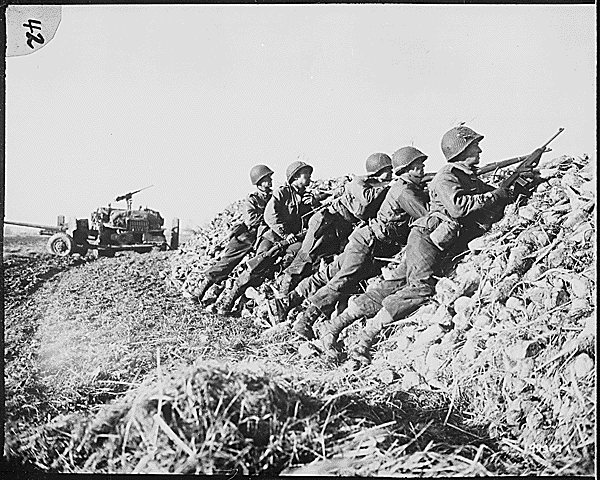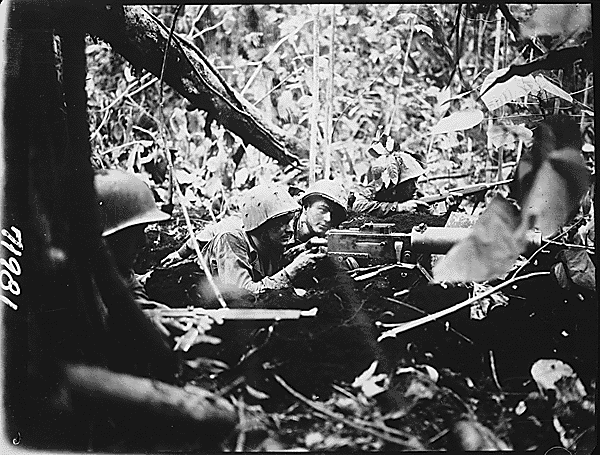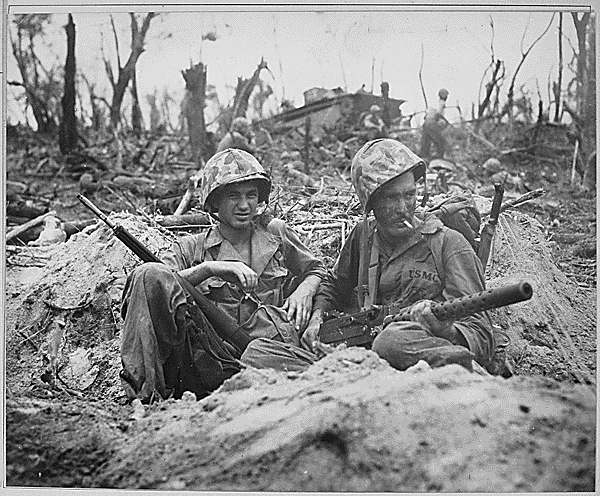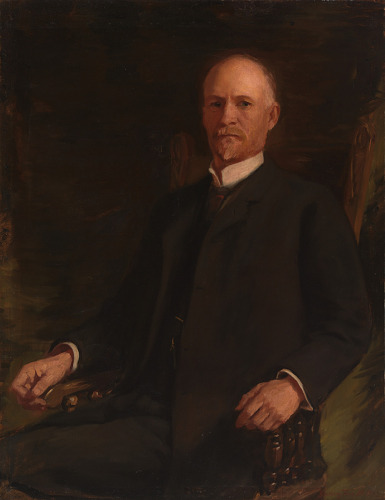As someone with an interest in military history, specifically of the 20th century, one designer I admire is John Moses Browning. Browning is responsible for some of the most major advancements of military firearms in the early 20th century. With 128 firearms patents during his life from 1855 to passing away at his work bench in 1926, he heralded new technology that gave American Soldiers a fighting edge during conflicts from the Spanish American War to today.


With some of his major designs coming right at the end of World War I, where advances in weapons and tactics led to the gridlock and slaughter of trench warfare, Browning designed several weapons that were designed to help propel the allies to victory. Many of these designs were the staples of the U.S. military through World War II, Korea, and beyond. The M1918 Browning Automatic Rifle was a mobile automatic rifle allowing for “walking fire” to break the trench stalemate.


For civilian firearms, Browning can also take credit for many popular sporting arms. The Winchester Model 1894, a lever action rifle, has been one of the most popular hunting rifles of the last 125 years. Still in production, it has settled the West to protecting British shores during World War II, to hunting deer across the United States. The Ithaca 37 shotgun also saw fame, being introduced in 1915, it is still in production today. Being used for minor military police units, it has also protected many chicken coups and provided many duck and turkey dinners. The featured image of this post shows Browning holding the first semi-automatic shotgun, his Auto-5. Introduced 1899, it was produced for nearly one hundred years. Quite a legacy for one designer.
Sources:
U.S. National Archives linked through each photo.
Research: https://www.americanrifleman.org/content/thinking-in-three-dimensions-the-genius-of-john-moses-browning/
Research: https://www.sdi.edu/greatest-gunsmiths-john-moses-browning/
Featured Image by George Henry Taggart, https://npg.si.edu/object/npg_NPG.82.55


2 Comments. Leave new
Browning’s success is truly remarkable, with of his work still in production now. What of his designs do you find the most impactful, or perhaps a personal favorite? I spoke of ergonomics in response to your comment on my post on Georg Luger, and I must point out Browning’s Hi-Power is also remarkably comfortable, especially in comparison to a lot of modern designs, even those derived from the same operating mechanism.
Hey Alex,
I also look up to Browning for his long-lasting designs. It is insanely impressive that his designs could remain relevant during such rapid military development. Including designing his own cartridges to make his designs work even better and have those calibers remain in manufacture to this day. Truly a genius designer and a revolutionary inventor.